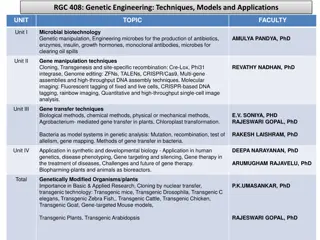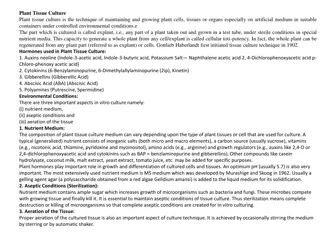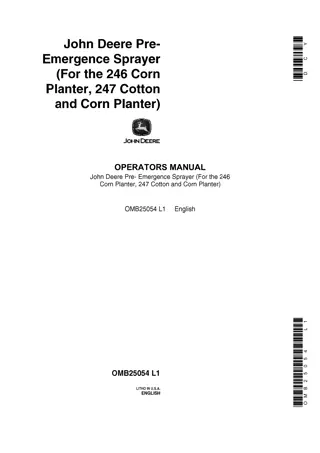Genetics of Organisms: Fast Growth Plant & Corn Analysis
In this comprehensive analysis, we delve into the genetics of fast-growing plants and corn. Exploring phenotypic ratios, statistical analysis, chi-square calculations, and Carolina Fast Plants' traits ratios. Understand the significance of homozygous, heterozygous, and recessive traits in genetic crosses, and the importance of Chi-square analysis in determining genetic outcomes. Dive deep into the world of genetics with practical examples and insightful information.
Download Presentation

Please find below an Image/Link to download the presentation.
The content on the website is provided AS IS for your information and personal use only. It may not be sold, licensed, or shared on other websites without obtaining consent from the author.If you encounter any issues during the download, it is possible that the publisher has removed the file from their server.
You are allowed to download the files provided on this website for personal or commercial use, subject to the condition that they are used lawfully. All files are the property of their respective owners.
The content on the website is provided AS IS for your information and personal use only. It may not be sold, licensed, or shared on other websites without obtaining consent from the author.
E N D
Presentation Transcript
Lab #7 Genetics of Organisms Fast growth plant & Corn
Statistical Analysis Section What is the phenotypic ratio of a monohybrid cross? How many would you expect to be homozygous dominant or heterozygous out of 84? How many would you expect to be homozygous recessive out of 84?
Why do we care? Is the difference explained by random chance or a variation in the sample? If we were doing medical studies on people ? Chi-square analysis is performed to test the validity of a null hypothesis (no statistically significant difference) or a test indicates that the data vary too much from the expected 3:1 then an alternative hypothesis is accepted.
Formula for chi-square Phenotype Genotype # Observed (o) # Expected (e) (o-e) Green GG or Gg 72 63 9 Albino gg 12 21 -9 84 84 Phenotype Genotype # Observed (o) # Expected (e) (o-e) (o-e)2 (o e)2 e Long wings LL 230 250 20 400 1.6 Intermediat e wings Ll 510 500 10 100 .2 Short wings ll 260 250 10 100 .4 Chi- square 2.2
Chi Square -Corn Phenotype Genotype # Observed (o) # Expected (e) (o-e) (o-e)2 (o e)2 e Dark DD, Dd 499 470 29 841 1.8 Yellow Dd 128 157 29 841 5.4 7.2 <1% statistically valid
Degrees of freedom a way of keeping score Calculate the chi- square value for these data. 1. How many degrees of freedom are there? WHY? 2 degrees of freedom. The parameter for the problem is population characteristic, in this case:Phenotypes. We have 3 phenotypes LL long, Ll- Intermediate, ll- short wings. Each of these phenotypes are independent variables. The degrees of Freedom is calculated by subtracting the parameter from the independent variable, in this case: 3-1 = 2 2. X2(chi-square) = 2.2 3. According to the critical value of X2, can you accept or reject the null hypothesis? Accept null hypothesis because the observed data results fit the expected results, and are considered significant. .05 = 5% probability
Carolina Fast Plants Phenotypes Purple or Nonpurple Standard or Rosette Dwarf Cross F1 x F1 What ratio do you expect for both of the traits?
Yellow Wrinkled Dark Yellow (dark) 384 406 572 412 328 416 516 459 400 928 140 132 (8 black) 223 (2 black) 127 (8) 172 110 184 (1 black) 164 127 132 491 489 528 467 553 462 541 489 560 409 106 124(100 Orange) 150 106 (44 Orgwr) 133 129 163 112 110 149 Total 4821/10=481 1511/10=151 4989/10=499 1282/10=128
























